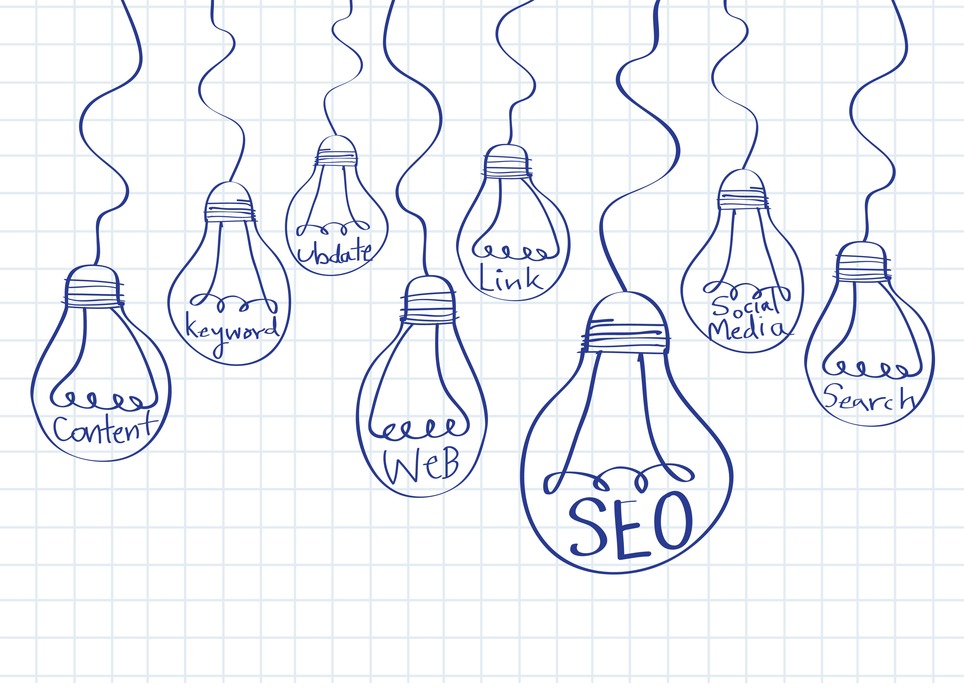Businesses everywhere are struggling now more than ever to keep up with the fast pace of technology and its impact on advertising. These days the answers to everyone’s questions rest in search engine results, and getting your business’s message to appear near the top of Google results depends on how strong your meta title (and meta description) is.
What’s a Meta Title?
Put simply, meta titles show the name of a web page. It’s the headline that you see on Google and are a main factor in correctly indexing a given page on your website.
What’s a Meta Description?
Meta descriptions are the HTML attributes used to summarize in what your website is all about. They are literally the text you see in the results that appear after you have entered a search. For example, if you were to ask Google “Who sings that Italian song from ‘The Sopranos’?”, among your mixed results you would find several blue hyperlinks (meta-titles) to various websites with a few words (meta-descriptions) that give you a little more information about what the site contains, all before you eventually were able to discover and put “Con te Partito” on repeat and identify with Carmela.
The goal here is obviously to get your message as close to the top as possible and persuade users to trust that message enough to click on it.
How to optimize your meta title and meta description
Brevity is the soul of wit, and the programmers responsible for social media and search engines know this. Twitter, Facebook, Instagram, Snapchat, et al know their audience and distinguish themselves from Polonius by putting limits on their content, appealing to short attention spans everywhere. Search engine giants are no different. Just type “what happens to hamlet” in any search engine, and of the 4,690,000 results that come back in 0.34 seconds, some number of the top 10 will have meta-titles and descriptions that both spoil a wonderful story and are cut off and shortened by ellipses…
This is because search engines truncate results that are too long. When filling in your meta-data, use your keywords intelligently but economically. Create a compelling and concise description—ideally between 150-160 characters long—that is both readable and relevant to increase click-through rates and get the most out of your search marketing.
It’s worth noting that the meta description tag is not something Google’s algorithm takes into consideration when delivering results. It’s real marketing value rests in the people who actually read it, for oftentimes it is the first thing people will read about your business.
So keep it short and sweet and describe the content as accurately and colorfully as you can. If you need more help coming up with a meta-tag to boost your search marketing results, feel free to give us a call today.
